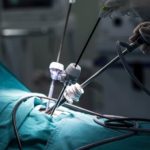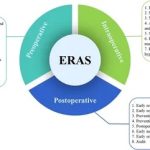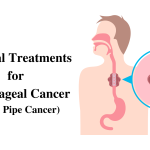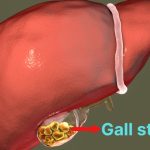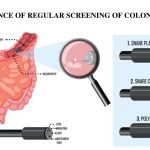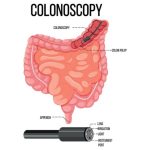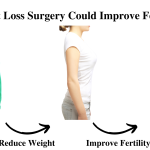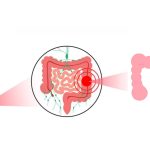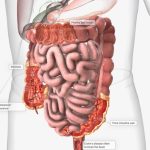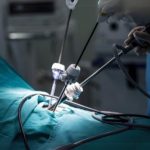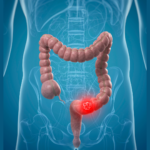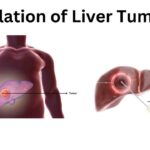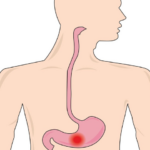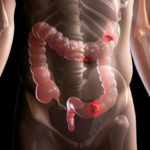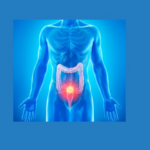What is Hernia?
When contents of a cavity (eg, abdominal cavity) protrude through a weak area (in the abdominal wall), the result is a hernia.
Is Hernia Surgery necessary?
Hernias have the potential to enlarge and result in prolonged discomfort or obstruction of contents. Discomfort or heightened pain may be experienced during physical exertion, coughing, sneezing, or assuming an upright posture.
Dr. Srikanth Gadiyaram, a renowned laparoscopic expert in hernia surgery. Hernias that cause significant pain or limit everyday activities may require surgery as a preventative strategy. Hernia surgery repositions organs and tissues and repairs weakening muscle walls. A typical hernia surgery requires mesh for performing a secure repair.
Unexpected discomfort or sensitivity around a hernia may suggest a blocked or strangled contents. If the patient’s life is in danger, necessitating emergency hernia surgery.
Additional indicators that necessitate immediate hernia surgery encompass:
- A protrusion that fails to go back to its normal position.
- An abrupt increase in the size of a bulge.
- Bloating.
- Fever.
- The symptoms of nausea or vomiting.
- Redness at the area of swelling.
The following paragraphs discuss various common types of hernias.
- Inguinal hernias: – Occurs when the intestine protrudes through the inguinal canals, which are situated in the lower abdominal wall.
- Femoral hernias: – Occurs in the proximal thigh and outer inguinal region, specifically within the anatomical structures called femoral canals.
- Ventral hernias occur due to a defect in the abdominal muscles.
- Epigastric hernias occur in the anatomical area above the umbilicus.
- Incisional hernias result from the consequence of a previous abdominal surgery involving incisions.
- Umbilical hernias are more common in newborns, especially those born prematurely, and they occur near the umbilicus. In pediatric cases, these hernias typically resolve spontaneously by the age of four.
- Hiatal hernias: – It results from the protrusion of the upper stomach into the thoracic cavity through the diaphragm’s narrow opening known as the hiatus. The presence of the hiatus permits the passage of the esophagus through the diaphragm, facilitating the movement of food from the oral cavity to the stomach.
What are Hernia Surgery Options
- Open Surgery: The surgeon starts the process by making a single cut. This allows the surgeon to get to the swollen tissue and do surgery on it. One common way that doctors strengthen tissues is by using surgical wire.
- Laparoscopic hernia repair surgery/ Keyhole Surgery: The process involves making a lot of small cuts, usually between three and four. A laparoscope is a thin tube with a small video camera on the end. The surgeon looks through it to see what’s going on inside the body. Surgeons use new cuts to get to the surgical tools they need to fix the hernia.
- Robotic hernia repair surgery: The surgeon operates a console that controls the technology employed to rectify the compromised tissue responsible for the hernia.
Dr. Srikanth Gadiyaram, of Sahasra Hospital, is in charge of the robotic hernia surgery method. He has more than 20 years of expertise in the field.
Please contact Sahasra Hospital at 8880837000 or 98801105829 if you have a hernia or would like more information on hernia surgery.



